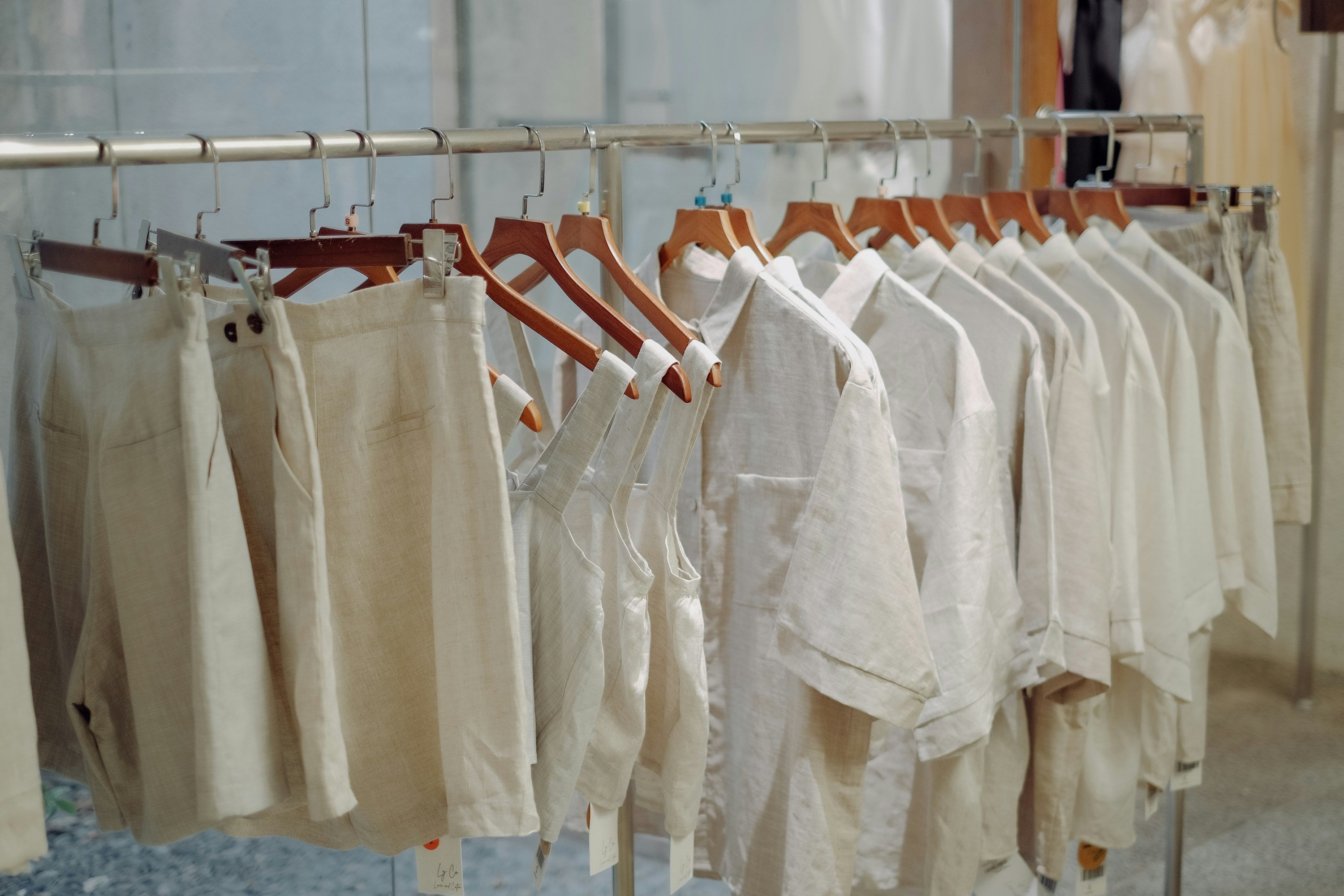Part 1: Plastic Clothes = Sickness? Here’s What to Wear Instead

Every time you wash your favourite hoodie or pull on your leggings, you might be adding microscopic plastic particles to the environment—and your body. Most people don’t realise just how much plastic is woven into modern clothing. Here's what you need to know.
1. What Are Our Clothes Really Made Of?
Polyester, nylon, acrylic, and elastane (spandex) are all synthetic materials—essentially plastic. They’re made from fossil fuels and designed for stretch, durability, and ease. But they come at a cost.
Globally, over 60% of all clothing contains synthetic fibres. Polyester alone makes up more than 50% of the global textile market. In contrast, cotton sits around 25%, with wool, hemp, and linen making up a much smaller portion.
2. Why It Matters
Synthetic fibres shed tiny plastic particles, or microplastics, through wear and especially during washing. One wash can release hundreds of thousands of microfibres into wastewater, which often ends up in rivers and oceans.
Dryers also contribute to airborne plastic fibre pollution. Even just wearing plastic-based fabrics results in friction that releases microplastics into the air and onto your skin. This, as science is just catching up on, is a human health issue—the scale of which we aren’t yet sure.
3. Energetics of Fabric
Some people believe synthetic fabrics may disrupt the body’s energetic field. These materials don’t breathe or conduct natural energy in the same way traditional fibres do.
By contrast, linen and hemp are known for their antimicrobial properties and are considered high-vibration fabrics—with associations to healing, grounding, and energetic wellbeing.
4. What You Can Do
-
Choose clothing made from natural fibres: organic cotton, hemp, wool, linen, or silk
-
Wash synthetic items less frequently, and only on cold, gentle cycles
-
Avoid dryers; air-dry whenever possible
-
Use microplastic-trapping tools like Guppyfriend bags or Cora Balls
-
Support brands committed to slow fashion and sustainable materials
-
Check the label—avoid polyester or nylon blends when possible
The takeaway?
Your clothes are much more than style—they're part of your health and the planet’s. Understanding what you’re really wearing is the first step toward a cleaner, safer wardrobe.
Make sure to read Part 2 of this blog ‘From Clothes To Cortex’ to understand the microplastics in our bodies and just how important it is to change your clothing and daily habits.
References
-
Textile Exchange. (2023). Preferred Fiber & Materials Market Report 2023.
-
De Falco, F., et al. (2019). The contribution of washing processes of synthetic clothes to microplastic pollution. Environmental Pollution.
-
Vianello, A., et al. (2019). Simulating human exposure to indoor airborne microplastics using a breathing thermal manikin. Environmental Pollution. https://doi.org/10.1016/j.envpol.2019.113175
-
Ali, A., et al. (2021). Hemp and linen fibres: Properties and antimicrobial activity. International Journal of Biological Macromolecules. https://doi.org/10.1016/j.ijbiomac.2021.07.002
-
Napper, I. E., et al. (2020). The efficiency of devices intended to reduce microfibre release during clothes washing. Marine Pollution Bulletin. https://doi.org/10.1016/j.marpolbul.2020.111837
0 comments

